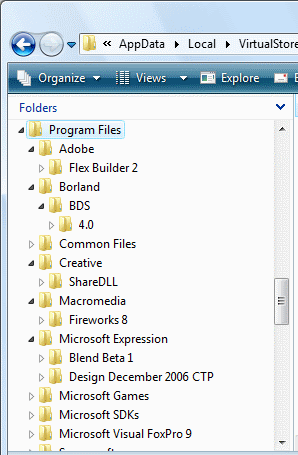WordPress founder Matt Mullenweg reports the bad news:
Long story short: If you downloaded WordPress 2.1.1 within the past 3-4 days, your files may include a security exploit that was added by a cracker, and you should upgrade all of your files to 2.1.2 immediately.
This is truly painful and highlights the inherent risk of frequent patching. I haven’t seen any estimates of how many websites installed the hacked code, but I’d guess it is in the thousands; the number of WordPress blogs out there is in the hundreds of thousands. Ironically it is the most conscientiously administered installations that have been at risk. Personally I’d glanced at the 2.1.1. release when it was announced, noted that it did not mention any critical security fixes, and decided to postpone the update for a few days. I’m glad I did.
Keeping up-to-date with the latest patches is risky because the patches themselves may be broken or, as in this case, tampered with. On the other hand, not patching means exposure to known security flaws. There’s no safe way here, other than perhaps multi-layered security. All the main operating systems – Windows, OS X, Linux distributions – have automatic or semi-automatic patching systems in place. Applications do this as well. We have to trust in the security of the source servers and the process by which they are updated.
Having said that, there are a few things which can be done to reduce the risk. One is code signing. Have a look at the Apache download site – note the PGP and MD5 links to the right of each download. These let you verify that the download has not been tampered with. Why doesn’t WordPress sign its downloads?*
Next question, of course, is how WordPress allowed its site to be hacked. Was it through one of the other known insecurities in the WordPress code, perhaps?
I’m also reminded of recent comments by Rasmus Lerdorf on how PHP does not spoonfeed security. There is a ton of insecure PHP code around; it’s a obvious target for hackers in search of web servers to host their content or send out spam.
*Update: See Mullenweg’s comment to this post. I looked at the download page which does not show the MD5 checksums. If you look at the release archive you can see MD5 links. Apologies. Having said that, why couldn’t the cracker just update the MD5 checksum as well? This is mainly a check for corrupt rather than hacked files. The PGP key used by Apache is better in that it links to the public key of the Apache developers. See here for an explanation.
Perhaps this is a good moment to add that the reaction of the WordPress folk has been impeccable in my view. They’ve acknowledged the problem, fixed it promptly, and are taking steps to prevent a repeat. Nobody should lose confidence in WordPress because of this.
